Texas Hunting Guide
Private lands account for 95% of Texas geography, but the state does offer significant hunting opportunities. Texas’s large amount of open land supports a variety of game species, and its permissive gun laws make hunting very accessible for most people.
What to Hunt
Texas is most known for its big game hunting opportunities. The state’s wide range of habitats supports several popular big game species.
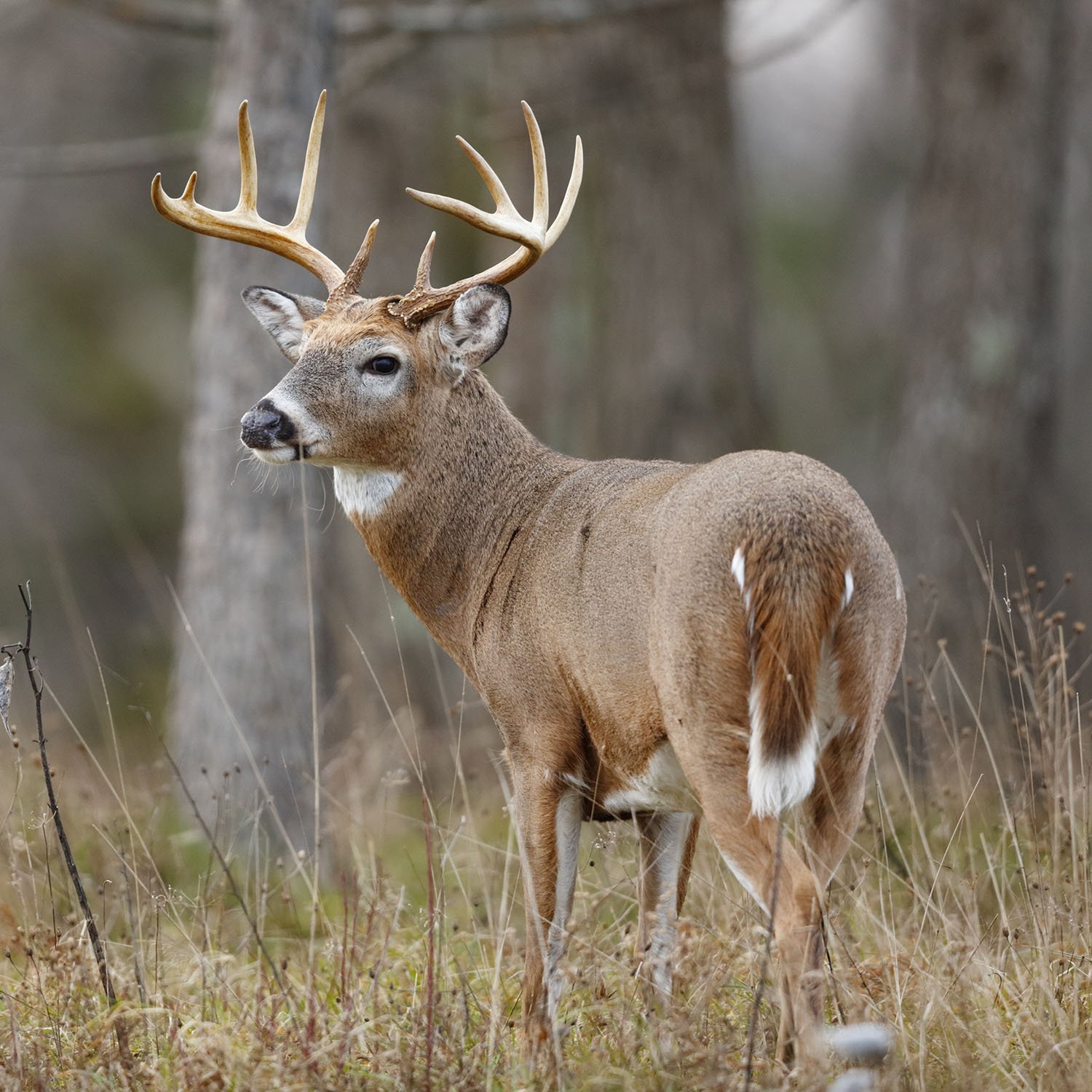
Deer
More deer are taken in Texas annually than any other state. This is largely due to the state’s amount of land mass, but Texas does support a very large deer population. Ideal deer habitats can be found across the entire state. Deer seasons are divided into archery only, general season, youth only, and muzzleloader seasons. There is an annual statewide bag limit of five white-tails, of which no more than three may be bucks. Bag limits are further broken down by county.
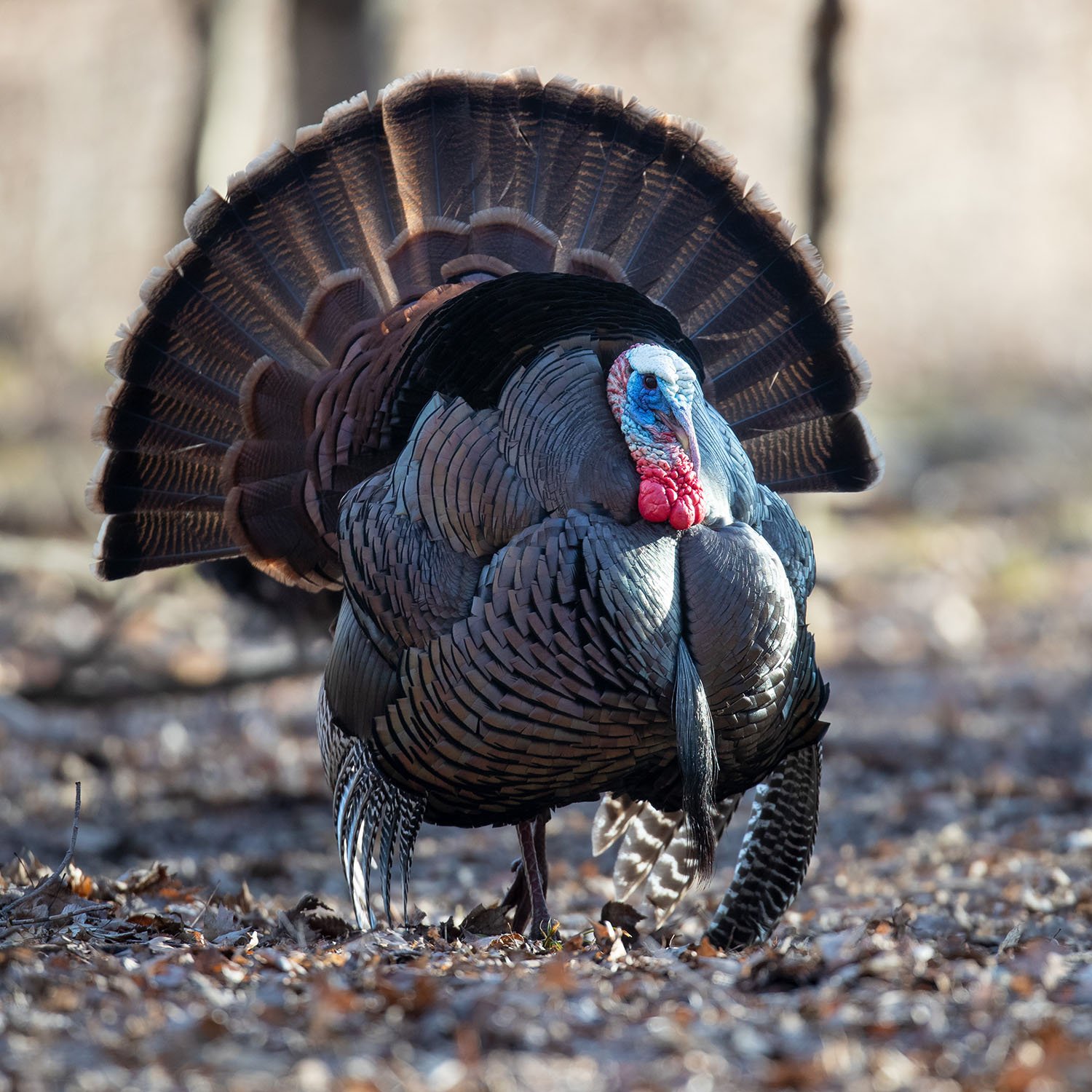
Turkey
Texas offers one of the nation’s highest turkey populations, with around 500,000 birds. Rios and Easterns compromise all of Texas’s turkey population. Texas does not offer the amount of public land that some other states do, but booking a turkey hunting guide is a relatively straightforward process. Texas offers a fall turkey season that typically runs from October-February depending on the county, and a spring turkey season that typically runs from March-May. It is not permitted to hunt roosting turkeys at any time.
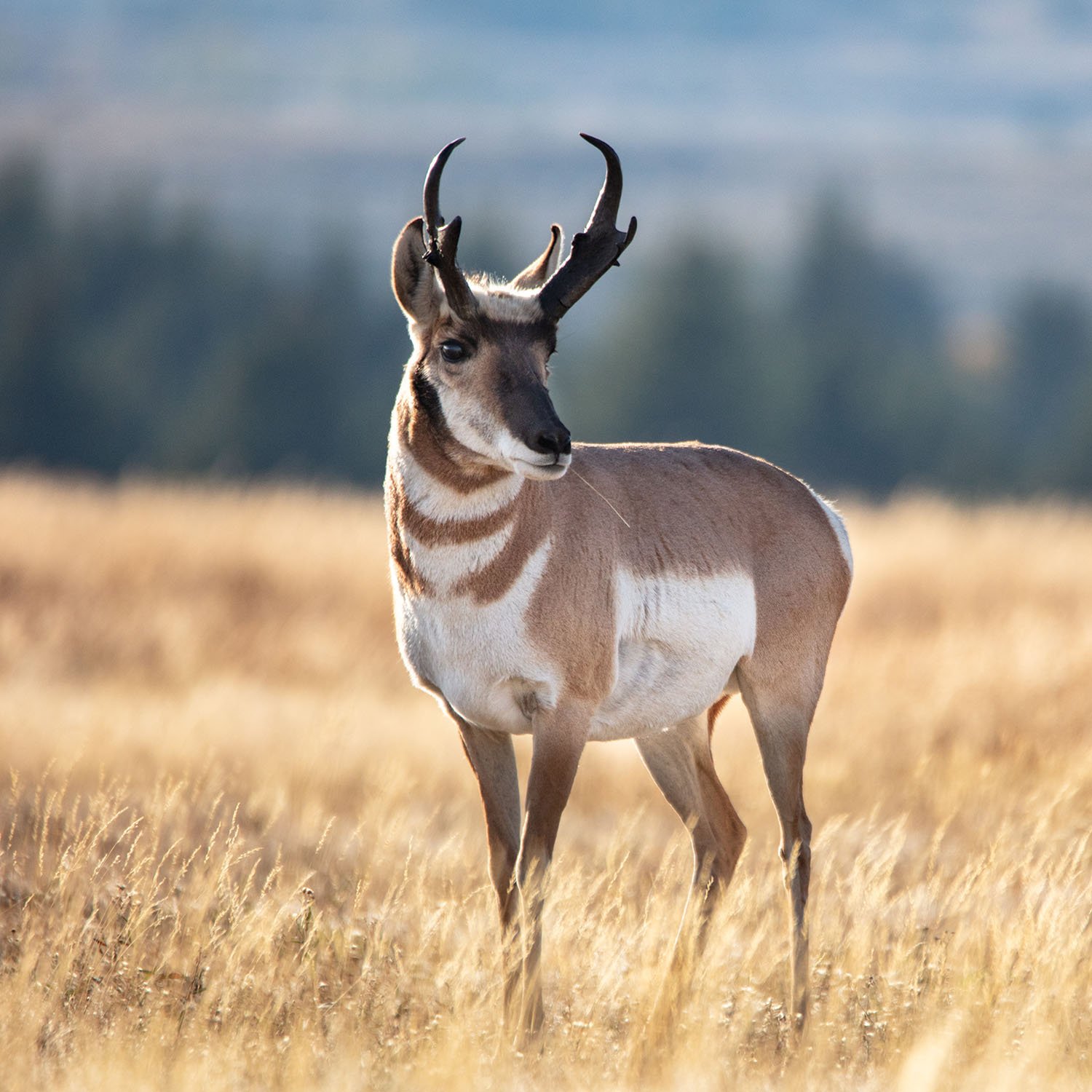
Pronghorn
Pronghorn hunting is offered in 41 of 254 counties in Texas. Much of the pronghorn opportunity in Texas is found in the state’s panhandle. Pronghorn hunting is by permit only. Pronghorn season is typically a couple weeks in October.
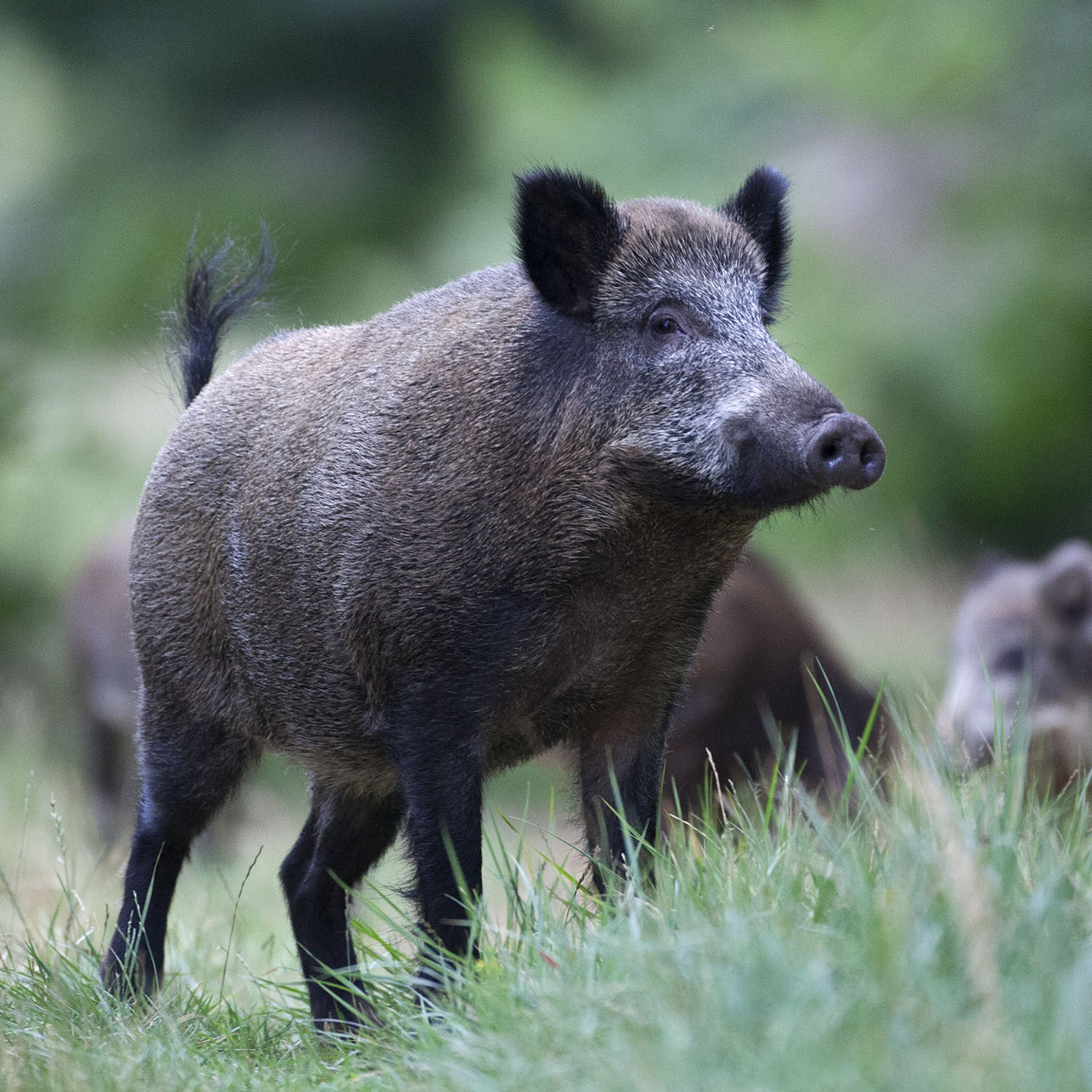
Hog
Texas has more feral hogs than any other state in the nation. Feral hogs are an invasive, destructive species. There is no limit on hog hunting in Texas. Hogs can be found in every single county in Texas except for El Paso County. It is permitted to use box traps and corral traps to take feral hogs.
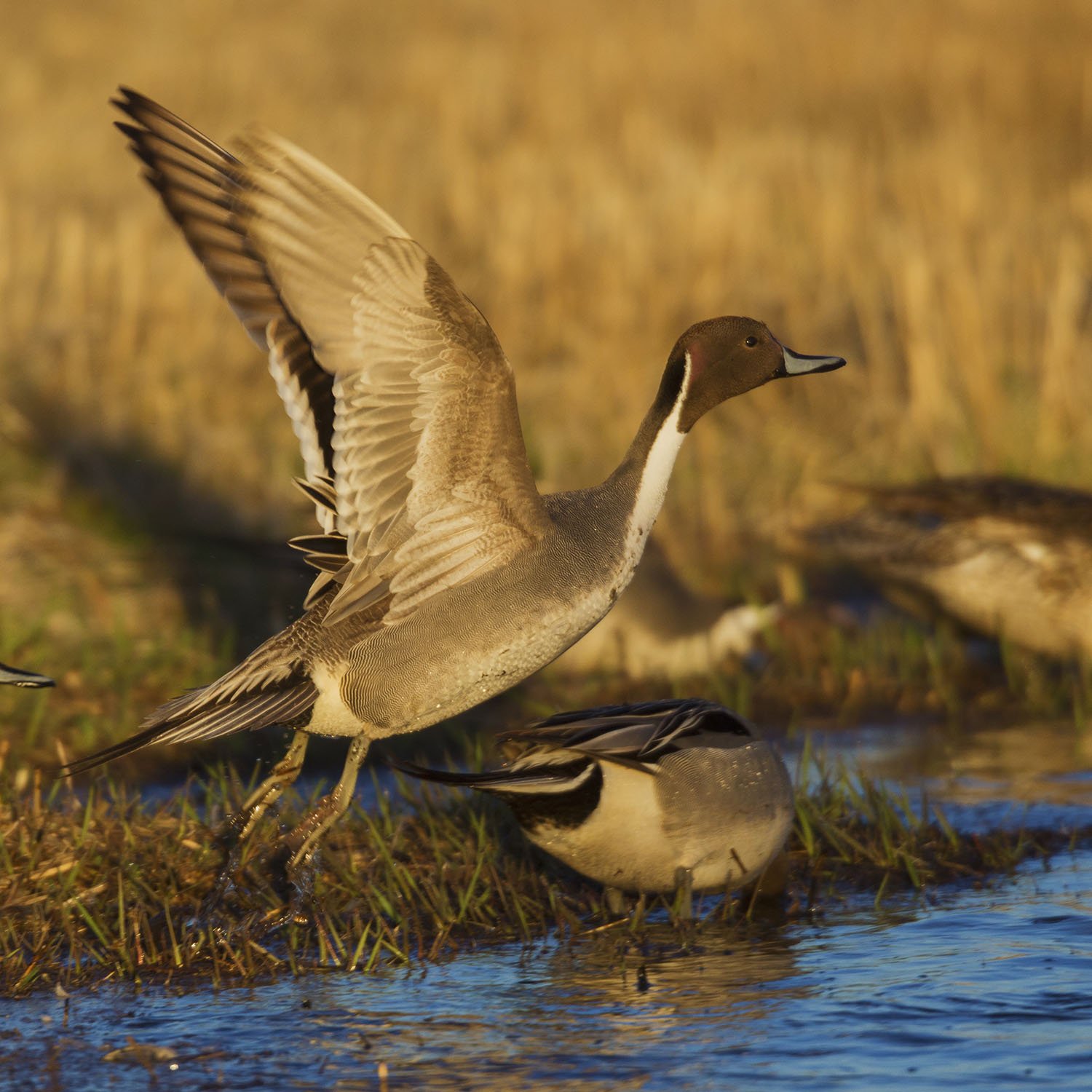
Waterfowl
Because so little of the land in Texas is public, waterfowl hunters typically will have to pay for private hunting opportunities. Duck hunters may target mallards, wood ducks, redheads, canvasback, scaup, pintail, mottled duck, black duck, and more. Hunters may also find merganser, coot, and migratory game birds. There is a daily bag limit of six ducks per day, and the possession limit is three times the bag limit.
Other Texas game species include: Elk, Bison, Moose, Bighorn, Mountain Goat, Prairie Dog, Dusky and Ruffed Grouse, Ptarmigan, Partridge, Pheasant, Sandhill Crane, Quail, Cottontail Rabbit, Jackrabbit, Snowshoe Hare, Pigeon, Collared Dove, Mourning Dove, American Crow and Cougar.
Where to Hunt
By a percentage of total land mass, Texas offers very little public land. However, the state is large enough that there are still significant public hunting opportunities.
Annual Public Hunting Permit
Texas’ Annual Public Hunting Permit provides hunting on almost one million acres of land. This area is comprised of more than 180 hunting areas, including wildlife management areas, state parks, and leased private lands. The Annual Public Hunting Permit supports deer, hogs, waterfowl, gamebird, and small game.
Private Lands
The vast majority of the huntable land in Texas is privately-owned. Hunters will have to pay for guides or get permission from landowners to use these areas. Privately owned lands are subject to the rules and restrictions of the owner.
Licensing Fees
Generally speaking, all hunters must obtain licenses to hunt in the state of Texas. Additional fees and permits may be required depending on the species being hunted.
| License | Fee |
|---|---|
| Resident Hunting License | $25.00 |
| Senior Resident Hunting License | $7.00 |
| Youth Hunting License | $7.00 |
| Disabled veteran (resident and non-resident), Super Combo Hunting & All-Water Fishing Package | FREE |
| Resident Trapper's License | $19.00 |
| Non-resident General Hunting License | $315.00 |
| Non-resident Spring Turkey License | $126.00 |
Hunter Education
Every hunter in Texas born on or after September 2, 1971, must successfully complete a hunter education course. The minimum age to take the course is 9 years old. Youth hunters may be exempt from taking the course if they are accompanied by adult, licensed hunters.
The course can be taken in person or as a combination of in-person and online learning.
Youth Hunting
Youth of any age is allowed to hunt in Texas, though there are some supervision requirements. The following people must be supervised by a licensed hunter at least 21 years of age while hunting:
- Youth under 9 years of age
- Youth 9 through 16 years of age who have NOT completed a hunter’s education course
- Youth 17 years of age who have NOT completed a hunter’s education course or purchased a hunter’s deferral
The Texas Wildlife Association and the Texas Parks and Wildlife Department offer the Texas Youth Hunting Program (TYHP). This program allows youth between 9 and 17 years of age to learn about hunting under the supervision of licensed, experienced hunters.
Trapping
Texas considers the following animals furbearers for the purposes of trapping: badger, beaver, fox, mink, muskrat, nutria, opossum, otter, raccoon, ring-tailed cat, skunk, and civet cat (spotted skunk). A trapping license is required to take these animals. A hunting license is not required to obtain a trapping license.
Trappers may take furbearers using firearms, footholds, body traps, live or box traps, dogs, snares, archery equipment, electronic or handheld calls, artificial light, falconry, air guns of at least .30 caliber, or arrow guns. It is not permitted to use smoke, explosives, or chemical irritants. Some traps have regulations on their sizes and acceptable placements.
Hunting Seasons
| Game | Season Begins | Season Ends |
|---|---|---|
| Javelina* | Oct 1 2023 | Feb 25 2024 |
| Sep 1 2023 | Aug 31 2023 | |
| Mule Deer* | Sep 30 2023 | Dec 10 2023 |
| Pronghorn | Sep 30 2023 | Oct 15 2023 |
| Squirrel* | open year round | open year round |
| White-tailed Deer* | Sep 30 2023 | Jan 21 2024 |
| Chachalaca* | Oct 28 2023 | Feb 25 2024 |
| Pheasant | Dec 2 2023 | Dec 31 2023 |
| Quail | Oct 28 2023 | Feb 25 2024 |
| Turkey* | Sep 30 2023 | Feb 25 2024 |
| Mar 9 2024 | May 19 2024 | |
| Dove* | Sep 1 2023 | Jan 21 2024 |
| Duck* | Oct 21 2023 | Jan 28 2024 |
| Goose* | Sep 9 2023 | Mar 10 2024 |
| Rails, Gallinules & Moorehens | Sep 9 2023 | Sep 24 2023 |
| Nov 4 2023 | Dec 27 2023 | |
| Sandhill Cranes | Oct 28 2023 | Jan 28 2024 |
| Snipe | Nov 4 2023 | Feb 18 2024 |
| Teal | Sep 9 2023 | Sep 24 2023 |
| Woodcock | Dec 18 2023 | Jan 31 2024 |
| Alligator | Sep 10 2023 | Sep 30 2023 |
| Apr 1 2024 | June 30 2024 | |
| Rabbits and Hares | no closed season | no closed season |
*Hunting dates for this species may vary by zone, method of take, or subspecies of animal. Visit the state’s website here to find out more.
Disclaimer: The information provided here is not to be construed as legal advice or acted upon as if it is legal advice: it is provided for informational purposes only. While we strive to provide accurate, up-to-date content, we cannot guarantee the accuracy, completeness, or currency of the information.